Heat tolerant/loving squash
akowaleski
16 years ago
Featured Answer
Comments (28)
carolync1
16 years agoakowaleski
16 years agoRelated Professionals
Danbury Landscape Architects & Landscape Designers · Surprise Landscape Contractors · Cary Landscape Contractors · Davis Landscape Contractors · Emmaus Landscape Contractors · Fort Hunt Landscape Contractors · Franklin Landscape Contractors · Lees Summit Landscape Contractors · Middle River Landscape Contractors · Olympia Landscape Contractors · Santa Maria Landscape Contractors · Teaneck Landscape Contractors · Vacaville Landscape Contractors · Bensenville Landscape Contractors · New Bedford Driveway Installation & Maintenancecarolync1
16 years agoruthieg__tx
16 years agobillinpa
16 years agoMokinu
8 years agoA J
8 years agonancyjane_gardener
8 years agoMokinu
8 years agolast modified: 8 years agoMokinu
8 years agolast modified: 8 years agoMokinu
8 years agoMokinu
8 years agolast modified: 8 years agoMokinu
8 years agolast modified: 8 years agoPumpkin (zone 10A)
8 years agoMokinu
8 years agozeedman Zone 5 Wisconsin
8 years agozeedman Zone 5 Wisconsin
8 years agoMokinu
8 years agoMokinu
8 years agolast modified: 8 years agoMokinu
8 years agolast modified: 8 years agoMokinu
8 years ago
Related Stories

GARDENING GUIDES10 Cold- and Heat-Tolerant Perennials and Shrubs for the Arid West
These flowering native plants shrug off the cold of winter and heat of summer while adding beauty to the drought-tolerant landscape
Full Story
GARDENING GUIDES10 Drought-Tolerant Shrubs That Thrive in Full Sun and Reflected Heat
Got a hot spot in your garden where plants often die? Try these tough shrubs that add beauty while shrugging off the heat
Full Story
EDIBLE GARDENSSummer Crops: How to Grow Squash
Almost foolproof and with cheerful flowers, squash comes in a wide range of varieties to plant in spring
Full Story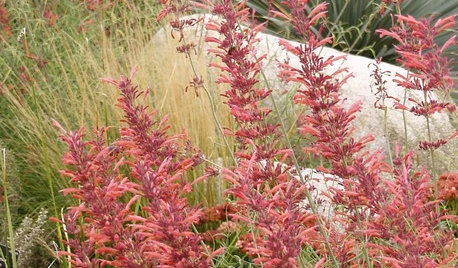
FLOWERS AND PLANTSAgastache Rupestris, a Heat-Loving Hummingbird Magnet
Threadleaf giant hyssop adds color and fragrance to late-summer and fall xeric gardens
Full Story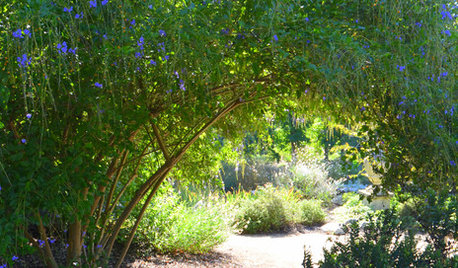
FLOWERS AND PLANTSHeat-Loving Duranta Erecta Blooms From Spring Into Early Fall
Golden dewdrops, a versatile tropical shrub, has delicate purple and white blossoms
Full Story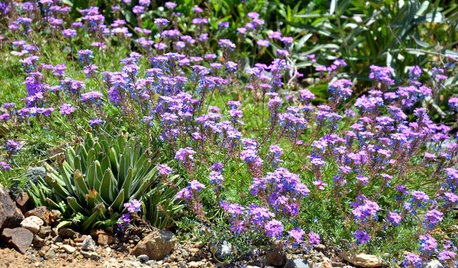
FLOWERS AND PLANTSGlandularia Pulchella Trails Color Through the Drought-Tolerant Garden
Masses of purple blossoms and finely textured foliage cover the ground of arid gardens from spring to fall
Full Story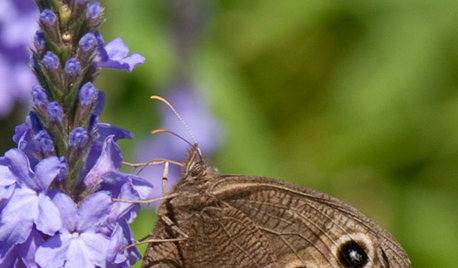
GARDENING GUIDESGreat Design Plant: Verbena Stricta Tolerates Tough Spots
With its subtle beauty and long-lasting flowers, this pollinator pleaser is a boon to wilder areas
Full Story
GREEN BUILDINGHouzz Tour: Passive House in Vermont Slashes Heating Bills
Its ecofriendly, low-maintenance design leaves a family with more time to relax and enjoy the weekend home
Full Story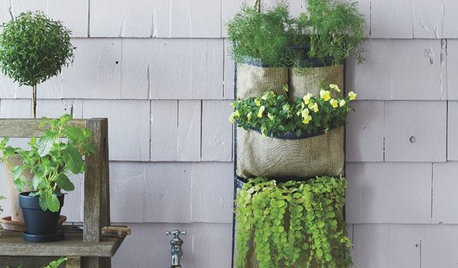
PRODUCT PICKSGuest Picks: How Do You Spell Urban Heat Relief?
Turn even a small balcony into a summer oasis with retreat-conjuring plants, furniture and accessories
Full Story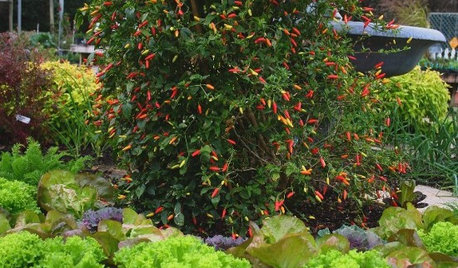
EDIBLE GARDENS6 Summer Edibles That Can Really Take the Heat
When garden temperatures soar, these herbs and vegetables rise to the challenge
Full StoryMore Discussions






Pumpkin (zone 10A)